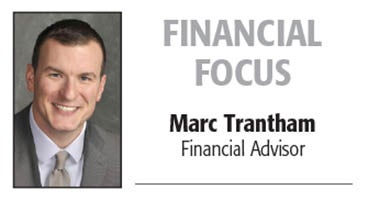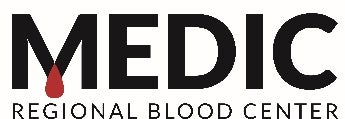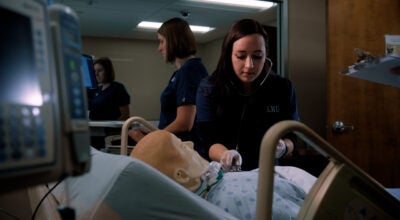DeRoyal responds to recent EPA hearing
Published 4:59 pm Monday, June 12, 2023
|
Getting your Trinity Audio player ready...
|
The public hearing held on June 1 by the U.S. Environmental Protection Agency has netted a response from DeRoyal Industries. The company’s New Tazewell plant has been under investigation by the EPA concerning the amount of ethylene oxide emissions currently escaping into nearby neighborhoods. The plant is located just a quarter-mile from the Heritage Christian Academy and directly across Hwy. 33 south from a large subdivision.
Several homes and businesses are located within the EPA’s one-half mile radius study.
According to the EPA, regulations need to be updated to accommodate new findings that show the effects of EtO to be much more severe than originally thought. The agency has also proposed new regulations that will address “fugitive” emissions that escape around windows and doors – something not included in the current regulations.
Also in the proposal is the requirement that factories using EtO perform more stringent monitoring and recording of emissions data.
DeRoyal President/CEO Brian DeBusk submitted a prepared statement to the Claiborne Progress on June 7. The statement follows in its entirety.
“On April 13, 2023, the U.S. Environmental Protection Agency (EPA) published its proposed rule related to Ethylene Oxide (“EtO”) emissions. As anticipated, the proposed rule outlines new standards to address the reduction of EtO emissions that are currently unregulated, mandates use of certain pollution control devices and methods, and increases facility reporting obligations. In addition, the EPA concurrently published a proposed interim registration review decision that sets forth new mitigation measures intended to reduce risk of worker exposure to EtO. Both the proposed rule and interim registration review decision will have a comment period through June 27, 2023.
Since 2022, DeRoyal Industries, Inc. (“DeRoyal”) has been working with consultants and engineering firms to proactively prepare for the anticipated new emissions and control requirements for commercial sterilizers. We are currently reviewing both proposals in detail and are comparing the significant changes and new requirements of the proposals to our technical and engineering plans to ensure the correct path forward for our workers and our community. We feel it is important to note that since starting sterilization operations in Tazewell, Tenn. in 1987, DeRoyal has always placed priority on the safe and effective use of EtO in our facility and the Tazewell community. Because of our due diligence in that regard, DeRoyal’s sterilization facility has never had an EtO-related employee safety or health incident, and has always operated in compliance with environmental regulations. It is our plan to continue that track record.
Recent studies conducted by the EPA have identified an increased lifetime residential risk for breast and lymph cancers to those persons continuously exposed to EtO air emissions 24-hours per day, 7-days per week for 70 years. Although EPA stated in its recent public meeting in Tazewell, Tenn. on June 1, 2023 that EtO does not last a long time once it has escaped into the outside air, and that the 70-year continuous exposure risk timeline is conservative and likely not realistic, DeRoyal has listened to the comments of our Claiborne County neighbors and we understand the public health concerns they have expressed. As such, DeRoyal remains diligent in our work towards compliance with the stricter standards presented in both proposals. DeRoyal does recognize that government, industry and local communities are now engaged in a delicate balancing act to implement stricter EtO standards while not disrupting the supply of critical medical devices, many for which EtO is the only method that currently provides the most effective sterilization. It is DeRoyal’s hope to work with EPA and other stakeholders in a manner to best serve our workers and our community while also continuing to supply healthcare providers with the critical tools they need to ensure the well-being of their patients.”







